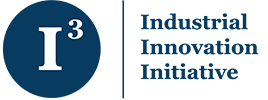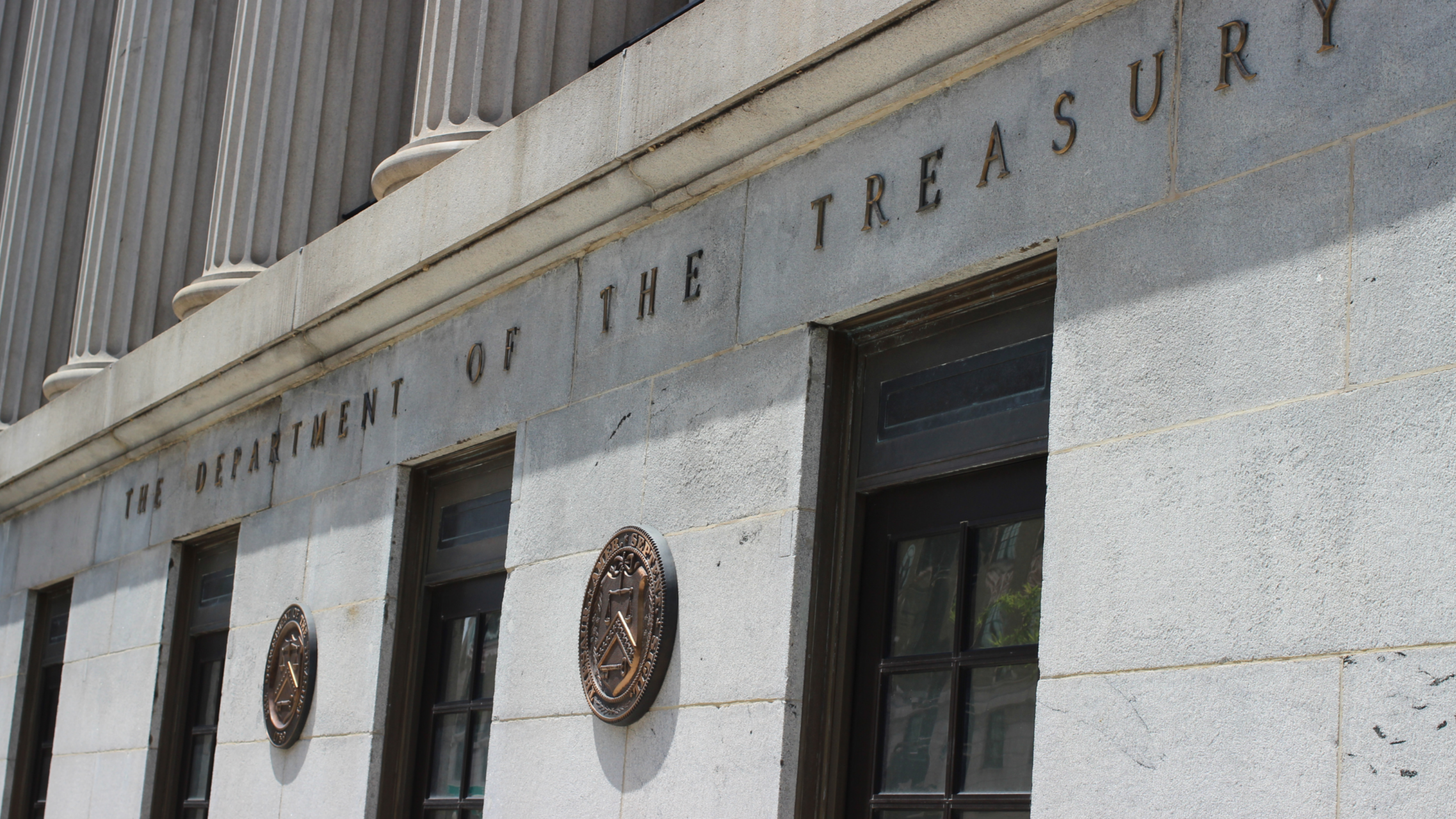On Friday, January 3, 2025, the Treasury Department released the final version of the rules for the 45V Clean Hydrogen Production Tax Credit. The final rules replace the proposed rules issued in 2023 and they were published in the Federal Register on January 10, 2025.
I3 and Clean Hydrogen
Hydrogen has the potential to be a critical tool in reducing industrial emissions as a clean feedstock and fuel. I3’s Federal Policy Blueprint includes recommendations intended to accelerate clean hydrogen production.
I3 submitted comments to Treasury in response to the proposed 45V rules released in December 2023 and to a narrower set of rules focused on the tax credit’s Provisional Emissions Rate. The final rules reflect some of the changes the Initiative recommended in its comments.
- I3 recommended that Treasury provide hydrogen producers whose methods were not one of the recognized pathways in the GREET model alternative means of demonstrating the commercial viability of their production methods. The final rules modify the requirement that these producers submit a Class 1 or 2 FEED study, instead mandating a Class 3 FEED study.
- The final rules also reflect I3’s recommendation that some existing low-emitting generators should receive Energy Attribute Certificates (EACs) in cases where this is unlikely to increase indirect emissions. The nuclear, state, and carbon capture exceptions to incrementality are sensible exceptions to the incrementality rule that will increase clean hydrogen production.
See the summary below for more details on the final rules. I3 looks forward to collaborating with Treasury and DOE to ensure a thriving market for clean hydrogen production.
Summary
Treasury maintained a four-tiered credit structure, with hydrogen produced with the lowest GHG emissions receiving the largest credit. They also retained the “Three Pillars” structure of the proposed rules based on hourly matching, deliverability, and incrementality. However, it modified many details in response to feedback on the draft rules.
Overarching Changes
- Time Matching: The start date for hourly matching of electricity generation and clean hydrogen production was delayed from 2028 to 2030. Hourly to annual matching will be required until 2030, and producers using annual matching will not be “grandfathered” in beginning in 2030. According to Treasury, “These additional two years are warranted to ensure tracking systems can achieve the necessary functionality for an hourly matching requirement and to allow the market to develop for hourly-matched EACs.”
- Unavailable EACs: Clean hydrogen producers can avoid losing much of the credit value even if they cannot procure EACs for every hour during the year. For the hours for which facilities cannot procure EACs, it is assumed that the facility is sourcing power with emissions equal to the default electricity emissions intensity within the regional electricity grid.
- GREET Flexibility: The final rules give taxpayers the option to use the version of 45VH2-GREET that was in effect on the date when construction of their hydrogen production facility began for the remaining taxable years within the 10-year credit period (instead of the most recent version of 45VH2-GREET).
- Provisional Emissions Rates (PER) The final rules maintain the requirement that taxpayers seeking a PER must complete a Front-End Engineering Design (FEED) Study. However, they state that a Class 3 FEED study or similar indication of project maturity is acceptable. Treasury made the change in response to comments about the high cost of Class 1 and 2 FEED studies. Treasury/DOE will consider alternatives to the Class 3 FEED Study in the future.
- Deliverability: Treasury retained the requirement that the electricity source powering hydrogen production and the hydrogen facility must be in the same region. However, cross-region delivery is permitted in limited cases where generation can be tracked and verified. This verification must be performed on an hourly basis.
- Hydrogen from Methane:
- Producers will be required to use project-specific methane emissions rates contained in a revised (yet to be published) GREET model.
- The final rules envision hydrogen production from other sources of methane, including wastewater, animal manure, and coal mines. (The proposed rules only included landfills.)
- Taxpayers will likely obtain certificates indicating they have “booked” this cleaner gas. This book and claim approach will not likely be operational until 2027, once markets adapt to Treasury rules.
- Taxpayers must separately consider the production of fossil-based methane from other sources of methane; producers may not average the emissions from different sources of methane.
Changes Related to Incrementality
Some of the most significant modifications pertained to incrementality: Treasury retained the definition of “incremental” generators as those built within three years of the hydrogen plant coming into service. Electricity generators that have increased their nameplate capacity within the three-year period can consider the additional generation as incremental. It also created three exceptions to this rule:
- Nuclear: Electricity produced by nuclear plants at risk of or restarting from retirement is now considered “incremental” under certain conditions:
- Look-Back Requirement: The plant must have had average annual gross receipts of less than 4.375 cents per kilowatt-hour for at least two calendar years between 2017 and 2021.
- Contractual Agreement: The nuclear facility must complete a minimum 10-year power purchase agreement with the hydrogen company (or have a physical, behind-the-meter connection).
- Volume Limitation: For this rule, only up to 200 megawatt hours (MWh) of electricity per operating hour per qualifying nuclear reactor is considered incremental.
- Restarts: A decommissioned nuclear plant must have ceased operations for at least one year.
- State Exceptions: In states with a clean electricity standard and a binding cap on emissions, all electricity is deemed clean and thus meets the definition of “incremental.” Currently, only California and Washington state meet this definition. (Treasury characterized the nuclear and state exceptions as alternatives to the formulaic approach contained in the proposed rules, which would have deemed five percent of current electricity “incremental” to reflect curtailment rates. According to Treasury, “The addition of these more specific, alternative incrementality pathways casts further doubt on the need for and appropriateness of a percentage-based proxy that is not tailored to any specific conditions or circumstances that relate to the likelihood of induced grid emissions.” Other zero-emitting generators such as hydropower do not have specific exemptions but are permitted under the state and uprate flexibilities.)
- Carbon Capture at Power Plants: If the hydrogen facility buys power from an existing natural gas or coal plant that has added new carbon capture and storage capacity within a 36-month window before the hydrogen project enters service, the power is considered “incremental.”

